What is RACE in Healthcare? is information that all healthcare staff should be aware of. RACE in healthcare is an essential fire precaution measure aimed at safeguarding patients, staff, and property. Healthcare settings have numerous hazards such as oxygen cylinders, electrical appliances, and highly combustible substances.
One fire can turn fatal within minutes. Having the RACE acronym under your belt can mean the difference between keeping a situation under control and disaster. Throughout this guide, we will be discussing RACE meaning in medicine, step-by-step guidelines, how it compares to other safety guidelines, error traps, training hints, and examples.
Meaning of RACE in Healthcare
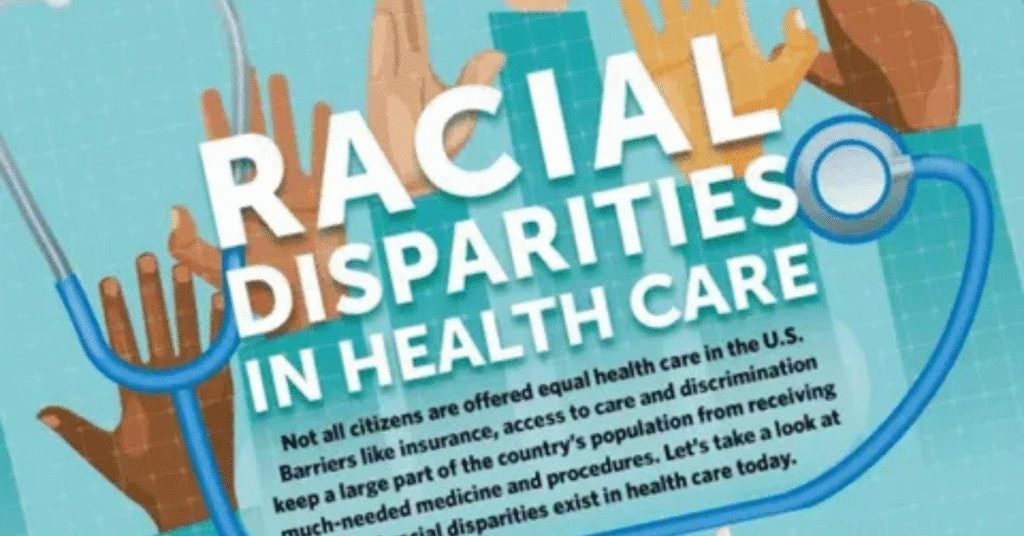
RACE in healthcare stands for Rescue, Alarm, Contain, and Extinguish/Evacuate. Each step is designed to save lives and limit damage during a fire emergency. Rescue focuses on helping patients first, especially those who cannot move alone. Alarm means alerting everyone about the fire immediately. Contain involves closing doors and preventing smoke or fire from spreading. Finally, Extinguish or Evacuate decides whether it is safe to put out the fire or move everyone to safety.
The RACE protocol is widely recognized in hospitals, nursing homes, and clinics. Healthcare settings require special attention because patients may be bedridden, sedated, or connected to life-support machines. Following RACE steps ensures that emergencies are handled quickly and safely, reducing risks to everyone inside the building.
Step-by-Step Explanation of RACE

Rescue is the first priority in any healthcare fire situation. Staff must move patients away from danger quickly. Those in critical care or mobility-impaired patients must receive immediate attention. The goal is to save human lives first, before equipment or property.
Alarm comes next. Activating fire alarms and notifying the fire department is essential. Every second counts. Internal communication should reach all floors and departments. Contain is the third step. Closing doors, shutting off oxygen, and using fire doors prevent flames and smoke from spreading. Finally, Extinguish or Evacuate depends on the situation. Small fires can be put out with an extinguisher, while larger ones require safe evacuation. Healthcare workers must know the difference to act effectively.
YOU WILL LIKE: https://doctorambulance.com/what-does-a-healthcare-administrator-do/
Why RACE is Critical in Healthcare

Hospitals face unique fire risks. Electrical equipment, oxygen tanks, and chemicals make fires more dangerous. Patients are often unable to escape on their own. Fire emergencies can become deadly within minutes. RACE ensures a fast, organized response that protects lives and property.
Research shows that hospitals that regularly train staff on RACE protocols experience fewer casualties during fires. Staff familiarity with emergency routes, containment procedures, and proper extinguisher use is essential. The RACE acronym reduces panic and confusion, helping staff take immediate action under pressure.
RACE vs PASS Acronym
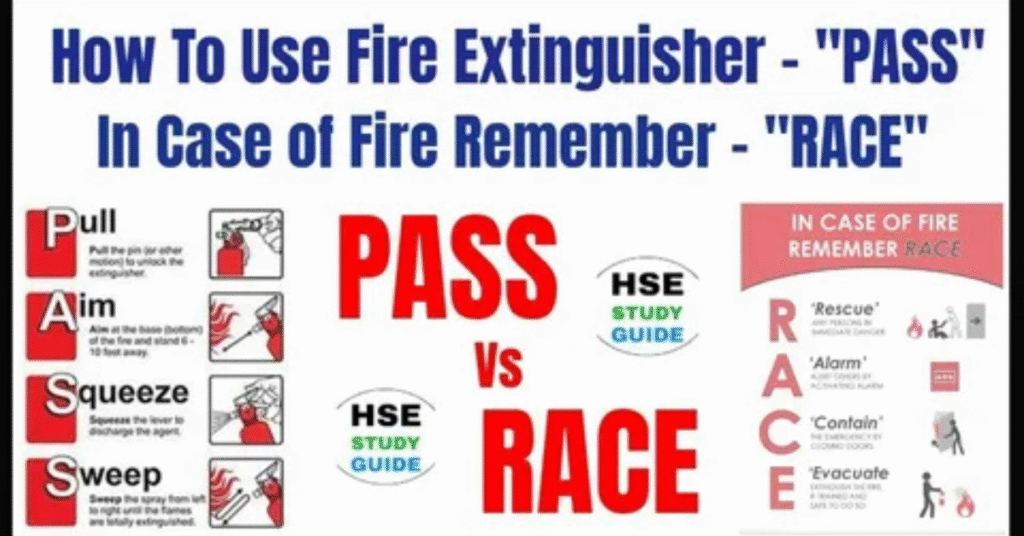
While RACE covers the overall response to a fire, PASS is specifically for using a fire extinguisher. PASS stands for Pull, Aim, Squeeze, Sweep. Pull the pin, aim the nozzle at the fire base, squeeze the handle, and sweep from side to side.
Healthcare workers must know both. RACE tells you how to respond to the fire overall, while PASS tells you how to put out a small fire safely. Understanding the difference prevents dangerous mistakes, like trying to fight a fire too big to handle or evacuating when containment is possible.
Common Mistakes During a Fire Emergency
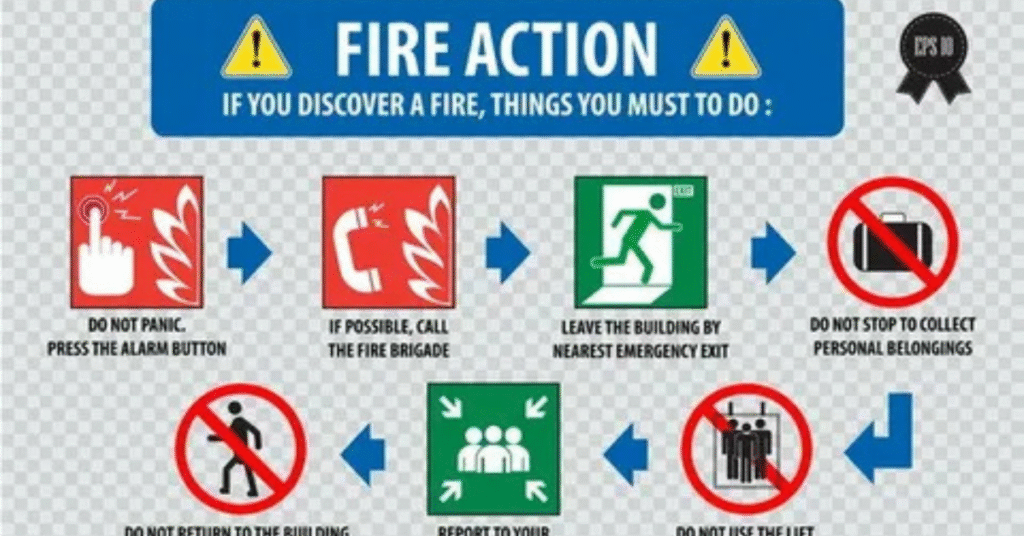
One common mistake is delaying alarms. Staff sometimes try to save equipment first or assume the fire is small. This delay can cost lives. Another error is neglecting patient-specific needs. Patients on ventilators or IVs cannot move alone, and ignoring them can be fatal.
Failing to contain a fire is another frequent problem. Doors left open and ventilation ignored allow smoke to spread. Trying to extinguish a large fire without proper training is dangerous. Awareness and practice of RACE steps are essential to prevent these errors.
Training and Drills for Healthcare Workers

Training is vital. Fire drills help staff practice RACE protocols in realistic scenarios. Repetition builds confidence and speed during real emergencies. Staff should learn to prioritize patients, communicate clearly, and know evacuation routes.
Regular drills also highlight weaknesses in hospital fire safety plans. For example, some areas may lack proper extinguishers or emergency lighting. Correcting these issues before an actual fire ensures preparedness and protects everyone inside the facility.
Legal and Safety Standards
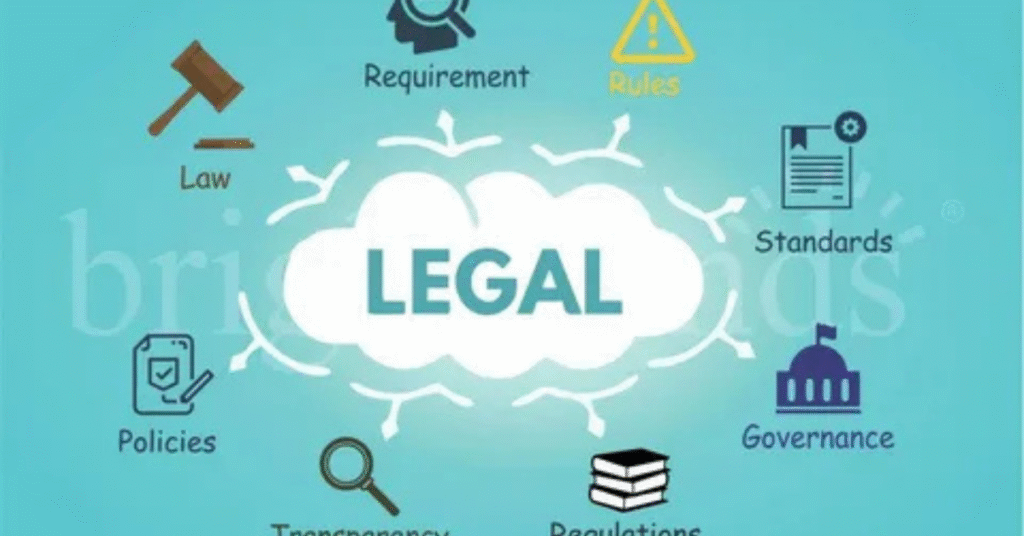
Healthcare facilities must follow strict legal standards. OSHA, NFPA (National Fire Protection Association), and The Joint Commission set mandatory fire safety regulations. Hospitals must maintain clear evacuation routes, fire alarms, extinguishers, and staff training.
Failing to comply can lead to fines, legal action, and loss of accreditation. Hospitals also risk higher insurance costs and liability for patient injuries. Following RACE protocols ensures compliance with these legal and safety standards while keeping everyone safe.
Real-Life Healthcare Fire Scenarios
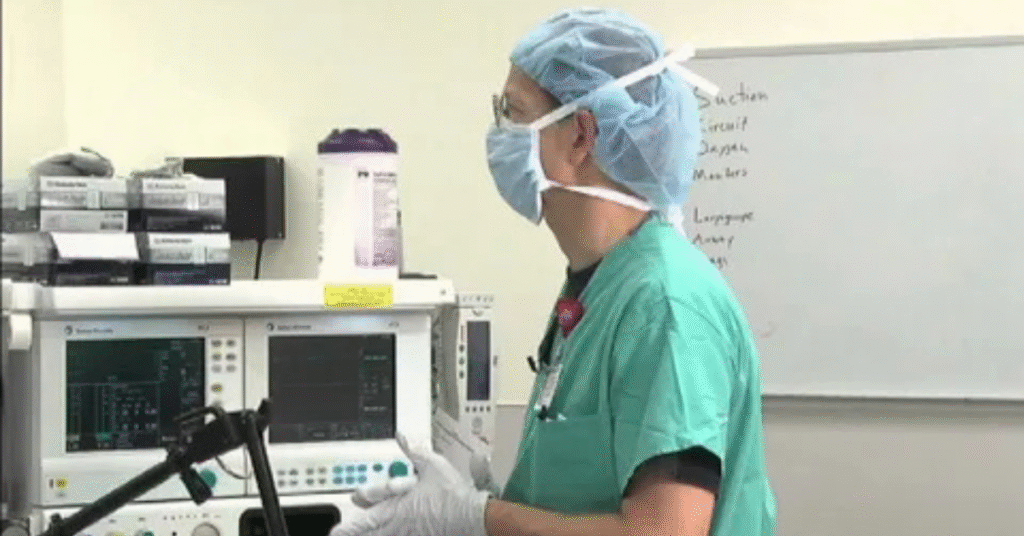
In 2019, a hospital in California experienced a small fire in an ICU. Staff immediately followed RACE protocols. Patients were rescued, alarms triggered, doors closed, and the fire contained quickly. The fire department arrived within minutes, and no one was injured.
This example shows the importance of regular drills and understanding RACE. When staff acted quickly and calmly, they prevented tragedy. Hospitals can learn from such events by reviewing emergency responses and updating safety plans regularly.
Summary and Key Takeaways

RACE in healthcare is essential for fire safety. Rescue, Alarm, Contain, and Extinguish/Evacuate must be practiced by all healthcare workers. Fires in hospitals are dangerous, but following proper protocols saves lives. Staff should know RACE, understand PASS, attend regular drills, and comply with legal standards. Fire emergencies demand quick, organized action, and the RACE acronym provides a clear, step-by-step method to protect everyone inside.
Integrating RACE into Hospital Policies
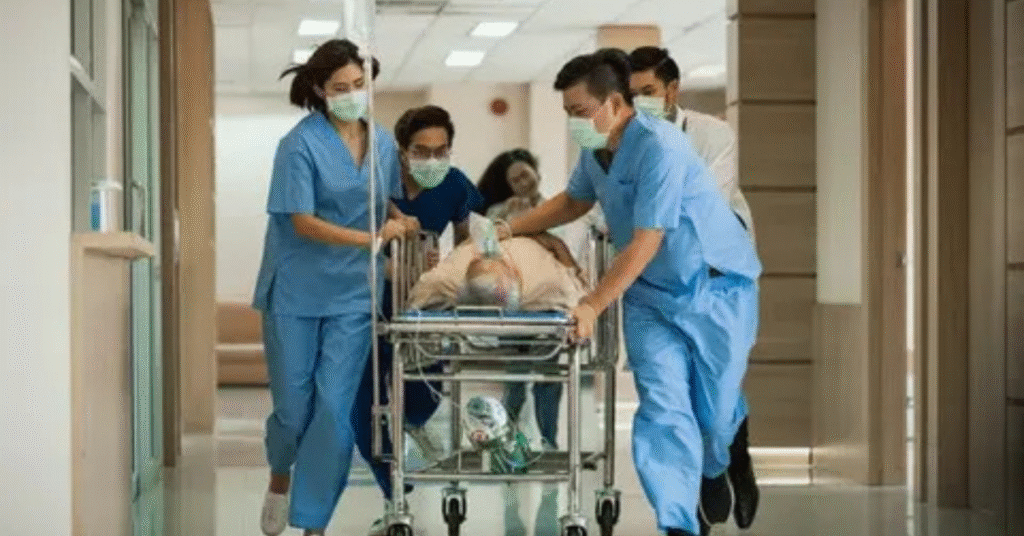
Hospitals must include RACE protocols in their official safety policies. Every department, from emergency rooms to administrative offices, should have clear instructions on how to respond during a fire. Written policies ensure everyone knows their responsibilities and the steps to follow.
Regular policy reviews are essential. Staff changes, new equipment, or renovations can affect fire safety. Updating procedures and communicating changes keeps RACE practices effective and reduces risks during emergencies.
Fire Extinguisher Types in Healthcare
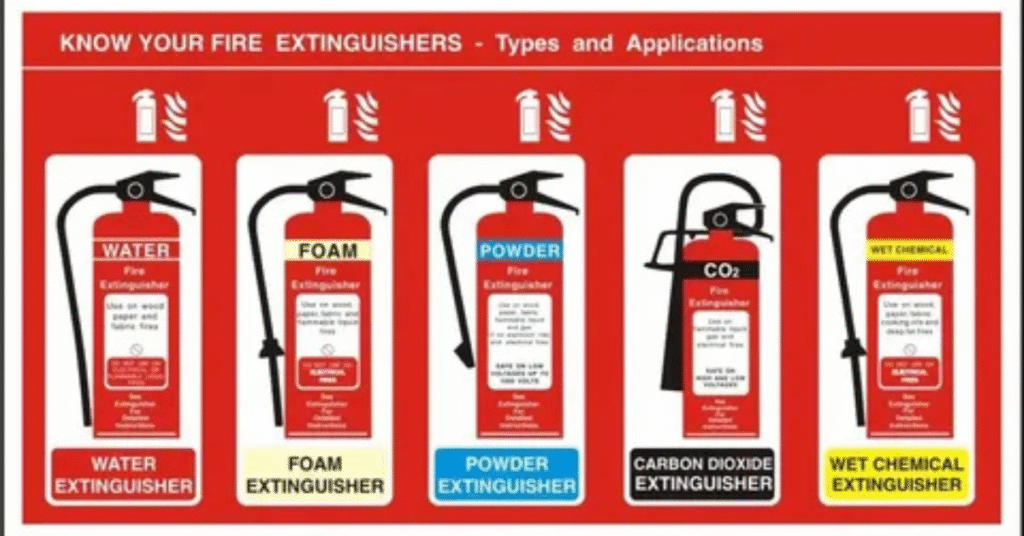
Different fires require different extinguishers. Class A extinguishers handle ordinary materials like paper and cloth. Class B is for flammable liquids, and Class C is for electrical fires. Many hospitals also use multi-purpose extinguishers for safety.
Staff must know which extinguisher to use for each fire type. Misusing an extinguisher can make the fire worse. Proper training ensures employees act quickly and safely when a fire occurs.
Special Considerations for Patient Safety
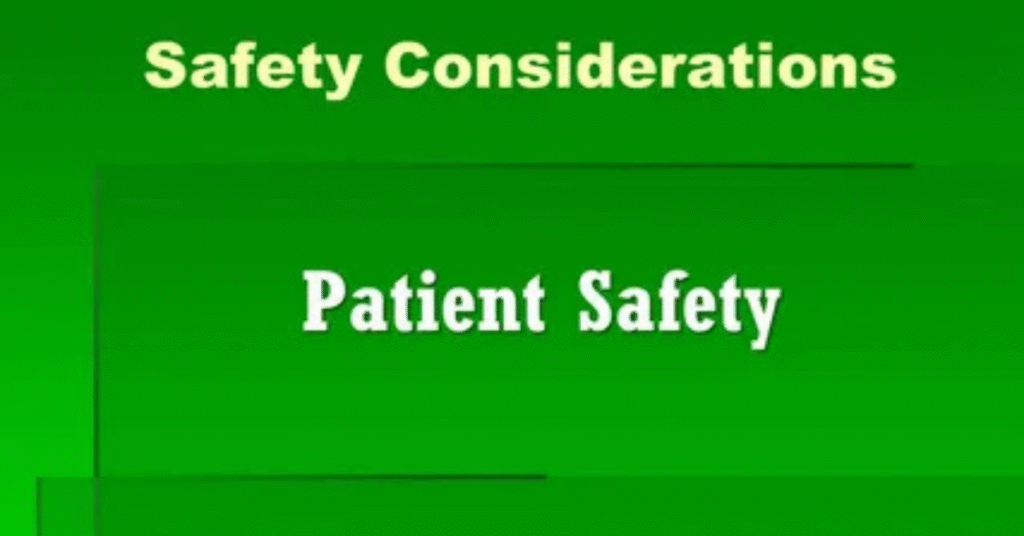
Some patients need extra attention during emergencies. Patients on ventilators, oxygen therapy, or IV lines cannot move quickly. Staff should plan evacuation routes and use specialized equipment to move these patients safely.
Communication is critical. Clear instructions and teamwork prevent panic. Following RACE protocols while considering patient needs ensures both safety and efficiency.
SEE MORE: https://doctorambulance.com/what-is-a-pct-in-healthcare-full-guide-to-patient-care-technicians/
Emergency Communication Systems
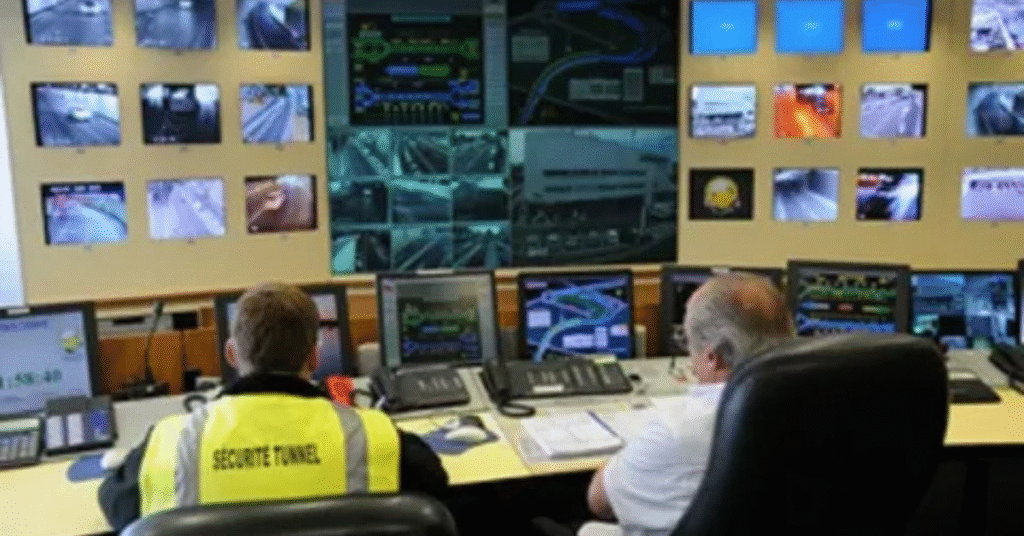
Reliable communication is essential during a fire. Hospitals use alarms, intercoms, and emergency paging to alert staff and patients. These systems help coordinate evacuation and containment efforts quickly.
Backup communication is also necessary. Power failures or equipment malfunctions can occur during emergencies. Having alternative methods ensures no one is left unaware or stranded.
Continuous Improvement and Lessons Learned
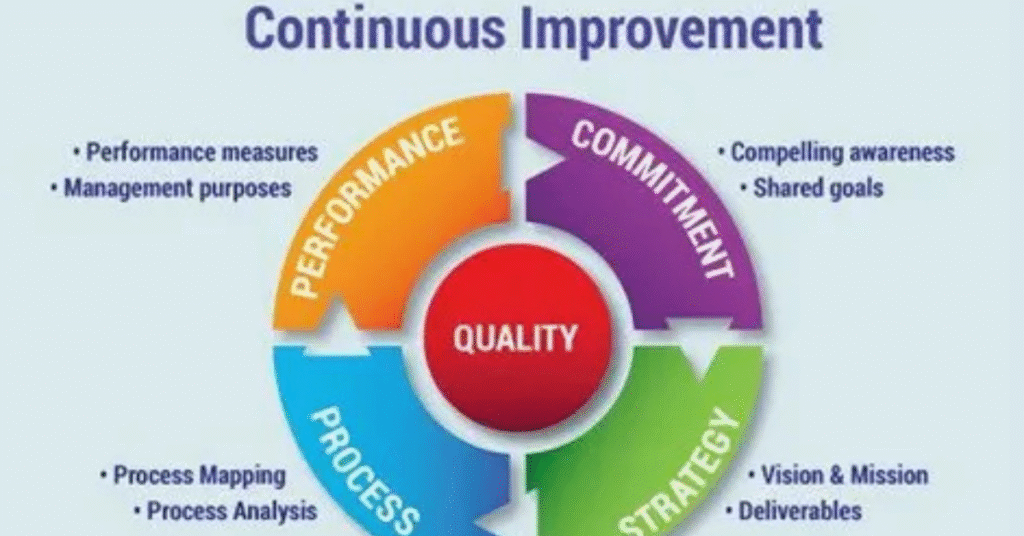
After every fire drill or real incident, hospitals must review their response. What went well? What could be improved? Analyzing performance helps staff refine procedures and avoid repeating mistakes.
Lessons learned should be documented and shared. Continuous improvement strengthens RACE implementation, builds confidence among staff, and enhances patient safety over time.
Quick RACE Reference
| Step | Action | Key Notes |
| Rescue | Move patients to safety | Prioritize immobile or critical patients |
| Alarm | Alert everyone & call fire dept | Internal & external notifications are crucial |
| Contain | Close doors, shut off oxygen | Prevents fire and smoke spread |
| Extinguish/Evacuate | Put out small fire or evacuate | Know when to fight vs. leave |
RACE vs PASS Comparison
| Acronym | Purpose | Scope |
| RACE | Overall fire response | Rescue, Alarm, Contain, Extinguish/Evacuate |
| PASS | Fire extinguisher operation | Pull, Aim, Squeeze, Sweep |
Common Mistakes and Solutions
| Mistake | Solution |
| Delaying alarm activation | Train staff to trigger alarms immediately |
| Ignoring immobile patients | Practice patient-specific rescue procedures |
| Attempting to fight large fires alone | Teach when to evacuate vs. extinguish |
| Not containing smoke | Ensure doors are closed and ventilation managed |
Conclusion
What Does RACE Stand for in Healthcare? is more than an acronym. It is a lifesaving system designed to protect patients, staff, and property during fire emergencies. Understanding Rescue, Alarm, Contain, and Extinguish/Evacuate, practicing regularly, and following legal standards ensures hospitals are prepared.
Fires can escalate quickly, but with RACE, healthcare workers act confidently and efficiently, saving lives and preventing damage. Prioritizing safety is not optional—it is essential for every healthcare facility.
FAQ”s
What does RACE stand for in healthcare?
RACE stands for Rescue, Alarm, Contain, Extinguish/Evacuate, a fire safety protocol in hospitals.
How is RACE different from PASS?
RACE is the overall emergency response, while PASS is specifically for using fire extinguishers.
Who should be rescued first in a hospital fire?
Patients who cannot move alone, such as ICU or bedridden patients, should be rescued first.
How often should healthcare staff train for RACE?
Hospitals should conduct fire drills regularly, ideally every six months, with annual evaluations.
Are RACE protocols legally required?
Yes, hospitals must comply with OSHA, NFPA, and Joint Commission standards, which include fire safety training and protocols.